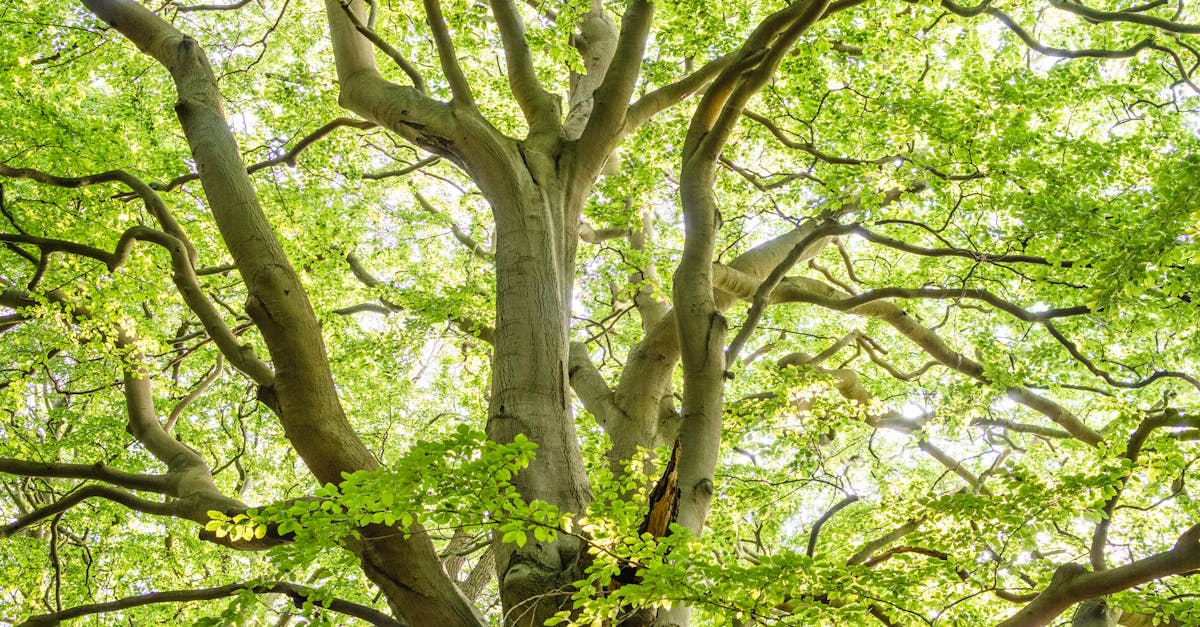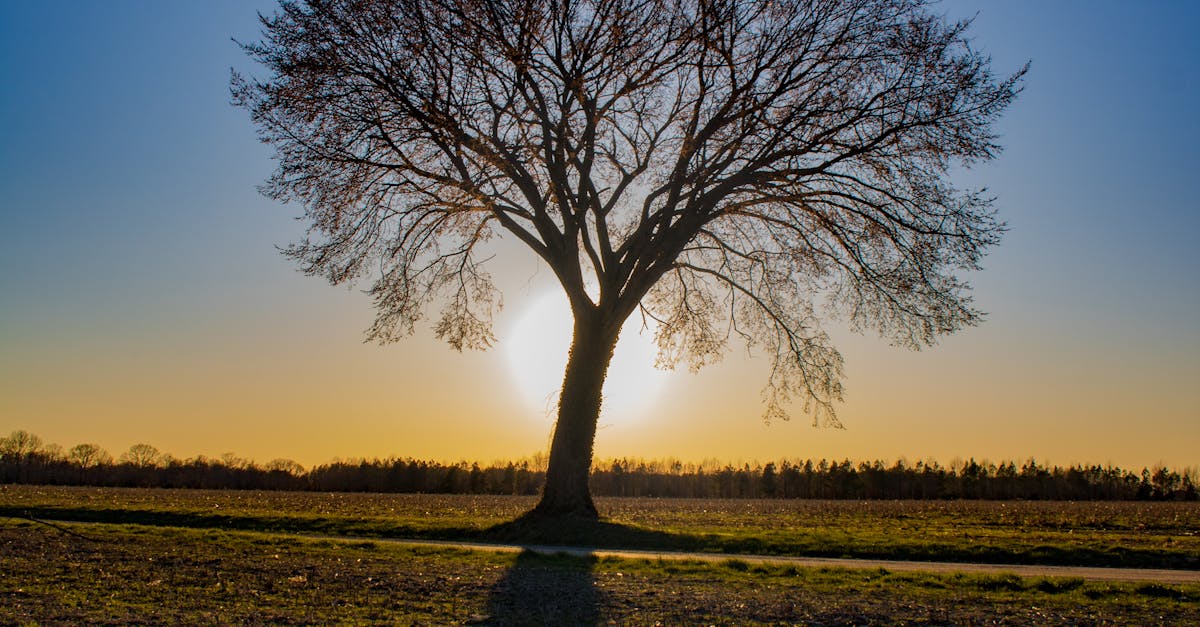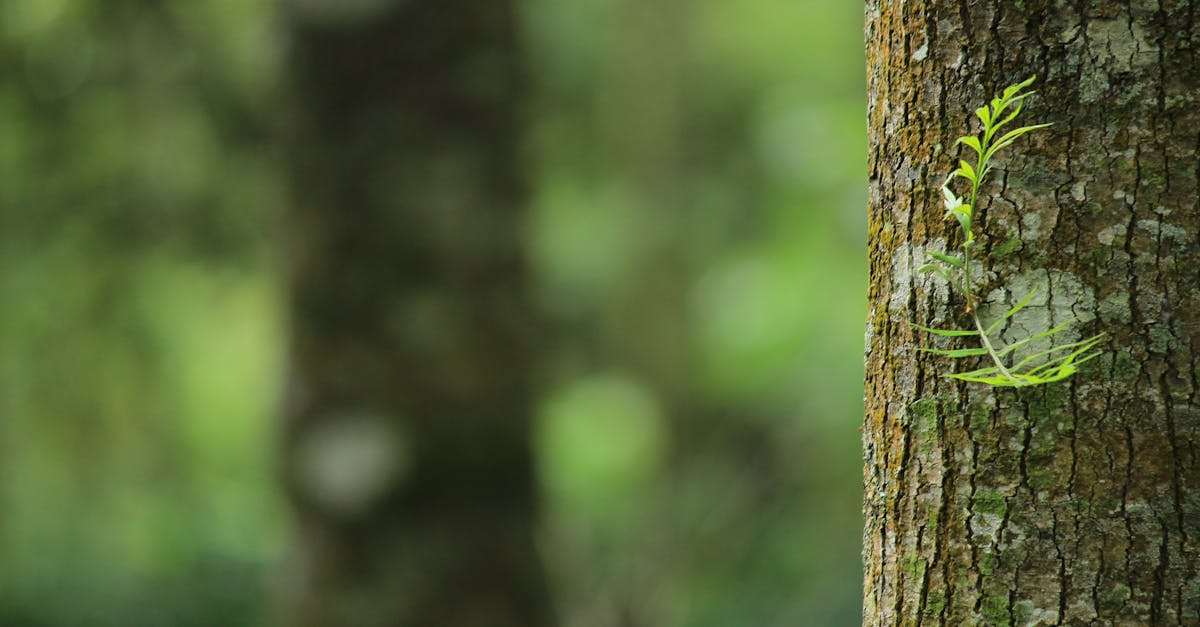
Mitigating Tree Risks
Mitigating tree risks is a crucial step in ensuring the safety of individuals and properties from potential hazards posed by trees. Following a thorough Tree Risk Assessment in Kennesaw, Georgia, identifying and assessing the risks associated with trees, the next imperative task is to mitigate these risks effectively. This process involves implementing various strategies to reduce the likelihood of tree-related incidents and injuries. One effective method is through regular tree maintenance, which includes pruning dead or diseased branches, ensuring structural integrity, and addressing any signs of decay or instability.
Furthermore, consulting with certified arborists and tree care professionals plays a pivotal role in mitigating tree risks. These experts can provide guidance on appropriate tree care practices, such as proper pruning techniques, tree support systems, and potential hazard reduction measures. Additionally, implementing a monitoring and maintenance plan for trees identified with higher risks can significantly reduce the chances of accidents or property damage. By prioritizing safety and taking proactive measures to mitigate tree risks, communities can create a safer environment for residents and visitors alike.
Tree Risk Reduction Strategies
Tree Risk Reduction Strategies play a vital role in maintaining the safety and health of trees within our surroundings. As a crucial component of tree management practices, these strategies aim to minimize the potential hazards posed by trees to people, property, and the environment. By assessing the risks associated with trees, arborists and tree care professionals can implement targeted strategies to mitigate these risks effectively. In Kennesaw, Georgia, the emphasis on reducing tree risks is evident in the meticulous planning and execution of tree risk reduction strategies to ensure the well-being of the community and its urban forest.
By incorporating a combination of proactive measures such as regular tree inspections, structural pruning, and appropriate maintenance practices, the risk of tree-related incidents can be significantly reduced. Tree risk reduction strategies encompass a range of techniques that address potential hazards, structural weaknesses, and environmental factors that may impact the health and stability of trees. Through the implementation of these strategies, communities can proactively safeguard against tree failures, enhance public safety, and promote the longevity of their urban trees. In Kennesaw, Georgia, the commitment to comprehensive tree risk reduction strategies underscores the importance of prioritizing tree safety and fostering a sustainable urban landscape.
Tree Risk Assessment Guidelines
Tree Risk Assessment Guidelines ensure proper evaluation of tree hazards to enhance safety in urban landscapes. In Kennesaw, Georgia, these guidelines are crucial for maintaining the health and stability of the region's trees. Evaluating factors such as tree species, age, and environmental conditions is essential in accurately assessing potential risks. Additionally, considering tree structure, root health, and signs of decay aids in identifying potential hazards before they escalate into safety concerns. Tree Risk Assessment in Kennesaw, Georgia, adheres to industry best practices to minimize risks and promote a harmonious coexistence between trees and urban environments.
Furthermore, following standardized protocols for tree risk assessment is paramount to ensure consistency and reliability in the evaluation process. The use of established assessment methodologies helps arborists and tree care professionals in Kennesaw, Georgia, accurately gauge the level of risk posed by individual trees. By adhering to these guidelines, professionals can prioritize mitigation strategies based on the severity of identified risks. Implementing these rigorous guidelines fosters a proactive approach to tree management, ultimately leading to a safer and healthier urban forest in Kennesaw, Georgia.
Compliance with Tree Safety Standards
Compliance with Tree Safety Standards is crucial in ensuring the safety of individuals as well as the preservation of the environment. Tree Risk Assessment in Georgia involves adhering to established safety guidelines and protocols to mitigate potential hazards associated with trees. By complying with recognized safety standards, arborists and property owners can effectively assess and address potential risks posed by trees in various settings.
Tree Risk Assessment in Georgia aligns with national and international safety standards, emphasizing the importance of regular tree inspections and risk assessments. Following these safety standards not only helps in identifying potential risks associated with trees but also plays a significant role in implementing preventive measures to reduce the likelihood of accidents. Adhering to tree safety standards is essential for promoting public safety and maintaining the health and longevity of trees in urban and natural environments.
Implementing Tree Risk Assessment Reports
When implementing tree risk assessment reports, it is crucial to prioritize the safety and well-being of individuals and property. In Kennesaw, Georgia, tree risk assessment plays a significant role in ensuring that potential hazards are identified and addressed promptly. By utilizing the information gathered from these reports, property owners and arborists can make informed decisions regarding tree management and mitigation strategies. This proactive approach helps to prevent accidents and damage caused by hazardous trees, ultimately contributing to a safer environment for the community.
Tree risk assessment in Kennesaw, Georgia, involves a thorough evaluation of tree health, structure, and environmental factors that may influence its stability. Once the assessment report is generated, it is essential to act promptly on any identified risks to mitigate potential hazards. Engaging with certified arborists and following recommended tree care practices can help property owners effectively manage tree risks and ensure the longevity of their urban forest. By incorporating the results of the assessment into their tree management plans, individuals can create a safer and more sustainable landscape for current and future generations.
Using Assessment Results for Decision Making
Using the assessment results for decision-making purposes is crucial to ensure the safety and health of the community. It is imperative to carefully analyze the findings of the tree risk assessment in Kennesaw, Georgia, to determine the necessary course of action. Understanding the level of risk associated with each tree enables stakeholders to make informed decisions about mitigation strategies, such as pruning, bracing, or removal, to minimize potential hazards.
Moreover, interpreting the assessment results allows for the prioritization of maintenance efforts based on the severity of risks identified. By assigning appropriate actions to trees based on their risk levels, resources can be allocated efficiently to address the most critical concerns first. Tree risk assessment reports provide valuable insights that guide decision-making processes and help establish proactive measures to safeguard the community from potential tree-related incidents.
FAQS
What is tree risk assessment?
Tree risk assessment is the process of evaluating the potential risks posed by trees on a property, including the likelihood of tree failure and the potential impact it may have on people or structures.
Why is tree risk assessment important?
Tree risk assessment is important because it helps property owners identify and mitigate potential hazards posed by trees, ensuring the safety of individuals and property and reducing the likelihood of accidents or damage.
Who should conduct a tree risk assessment?
Tree risk assessments should ideally be conducted by qualified arborists or tree care professionals who have the knowledge and expertise to accurately assess tree health, stability, and potential risks.
How often should tree risk assessments be performed?
Tree risk assessments should be performed on a regular basis, typically every 1-3 years, to ensure that any changes in tree health or stability are promptly identified and addressed.
What are some common tree risk assessment techniques?
Common tree risk assessment techniques include visual inspections, decay detection tools, root collar examinations, and advanced technologies such as resistograph testing and tomography.


